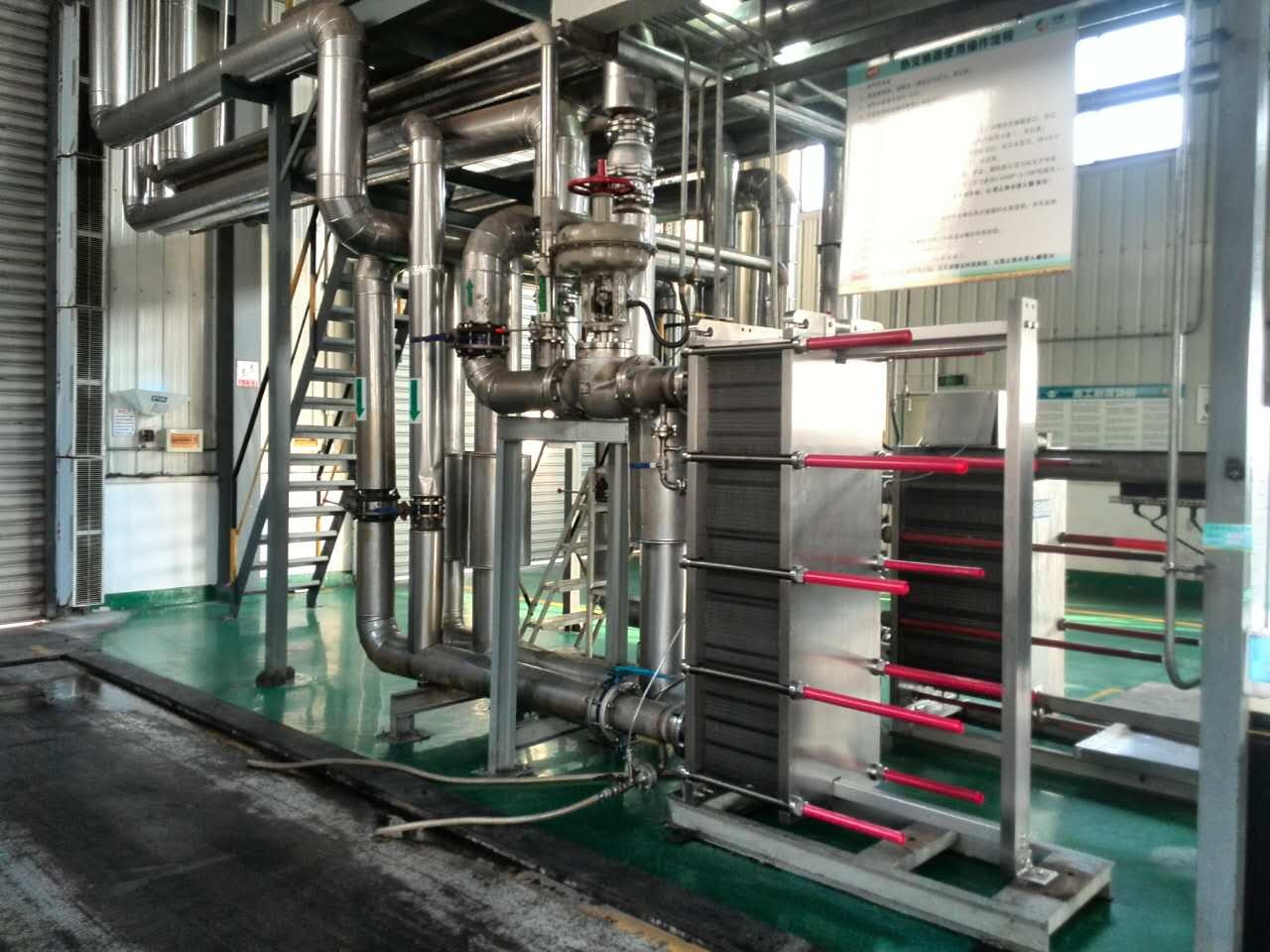5 key roles of plate heat exchanger gaskets.
Plate heat exchanger gaskets perform 5 key roles: ...
More
A thermal oil heat exchanger is a specialized device designed to transfer heat between thermal oil (heat transfer fluid) and other process fluids or systems without direct contact. It is widely used in industries such as chemical processing, food production, pharmaceuticals, and oil refineries due to its ability to operate at high temperatures (up to 400°C or 752°F) with minimal pressure. Unlike steam-based systems, thermal oil heat exchangers eliminate the risk of corrosion and scale buildup, ensuring long-term reliability and efficiency. These systems are ideal for applications requiring precise temperature control, such as drying, molding, and reactor heating.
Thermal oil heat exchangers are constructed from durable materials like carbon steel, stainless steel, or alloys to withstand extreme conditions. They come in various designs, including shell-and-tube, plate-and-frame, and spiral types, each suited for specific industrial needs. The non-toxic and non-flammable nature of thermal oils (e.g., synthetic or mineral-based) makes them safer alternatives to steam or molten salt systems. Industries favor them for their energy efficiency, as they reduce heat loss and lower operational costs. According to market research, the global thermal oil system market is projected to grow at a CAGR of 6.2% from 2023 to 2030, driven by demand for sustainable heating solutions.
Thermal oil heat exchangers operate by circulating heated thermal oil through a closed loop, transferring thermal energy to a target fluid or process via conduction. The system consists of a heater (electric, gas, or oil-fired), pumps, valves, and the exchanger itself. The thermal oil absorbs heat in the heater and flows through the exchanger, where it releases energy to the secondary fluid (e.g., water, air, or another oil) without mixing. The cooled oil then returns to the heater for reheating, creating a continuous cycle.
Key components like plate or tubular surfaces maximize heat transfer efficiency, with some systems achieving over 90% thermal efficiency. Advanced designs incorporate temperature sensors and control systems to maintain optimal performance. For example, in a shell-and-tube exchanger, the thermal oil flows through tubes while the process fluid circulates around them in the shell. Data from industrial applications show that thermal oil systems can reduce energy consumption by 20–30% compared to steam boilers. Their ability to operate at low pressure (1–3 bar) while delivering high temperatures makes them safer and more cost-effective for large-scale operations.
Select the most popular foreign trade service products to meet your diverse needs
Learn more about the dynamics and professional knowledge of the foreign trade industry

Plate heat exchanger gaskets perform 5 key roles: ...
MoreAPI 662 defines standards for plate heat exchanger...
More
A gasket in heat exchanger seals surfaces, blocks ...
More
You can see clear differences between welded block...
More
Plate heat exchangers deliver high thermal efficie...
More
Ignoring a fouled heat exchanger causes high energ...
MoreSelect the most popular foreign trade service products to meet your diverse needs
Explore more content related to foreign trade services

User Comments
Service Experience Sharing from Real Customers
John Smith
Mechanical EngineerThe thermal oil heat exchanger is incredibly efficient and has significantly improved our production process. Highly recommended!
Emily Johnson
Plant ManagerThis heat exchanger is durable and easy to maintain. It has reduced our downtime and energy costs. Great product!
Michael Brown
HVAC TechnicianThe thermal oil heat exchanger works flawlessly in our system. The build quality is excellent, and it delivers consistent performance.
Sarah Davis
Process EngineerWe've been using this heat exchanger for months, and it has met all our expectations. Reliable and efficient for industrial applications.